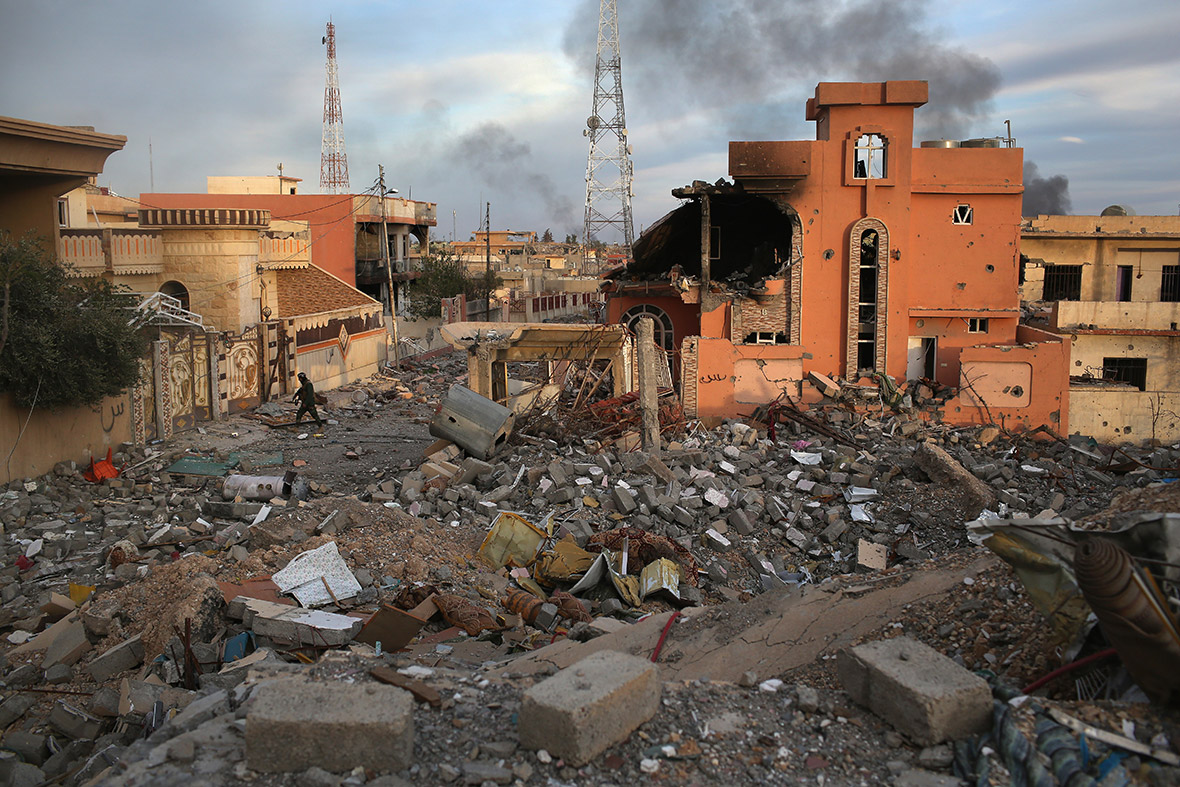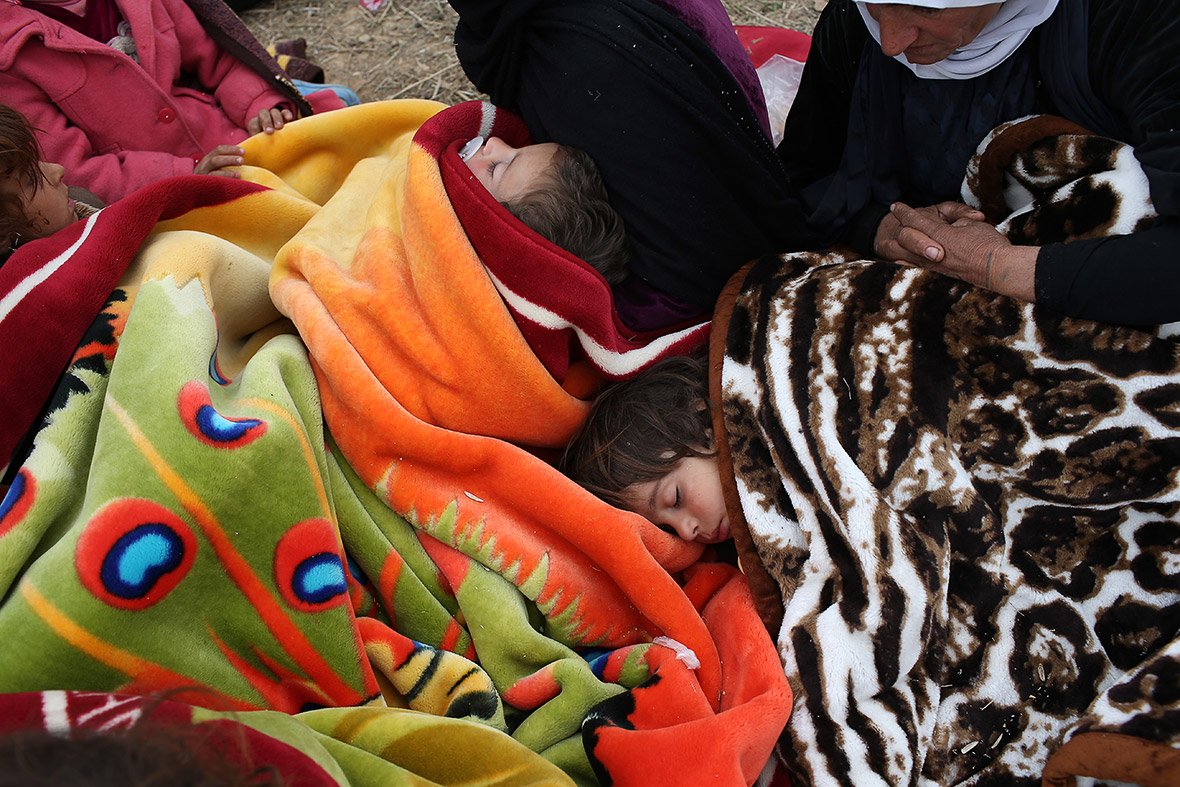Inside Sinjar: Photos of shattered town reveal enormous cost of liberating it from Isis
When Kurdish forces recaptured the town of Sinjar in northern Iraq from Islamic State, they cleared the way for its former residents to return to their homes. But the heavy fighting has devastated the town, reducing buildings to mounds of rubble. Block after block has been levelled by air strikes, with homes now just piles of tangled steel and chunks of cement.
The news that Kurdish forces had liberated Sinjar was bittersweet for many who had lived there. The town was the scene of such violent atrocities that it may never feel like home again for its mostly Yazidi residents. Some returned to the shattered town and salvaged what possessions they could find in the rubble where their homes once stood – and then returned to the security of the refugee camps they have been living in.
Award-winning Getty Images photographer John Moore visited the ruined town shortly after it was liberated. His photos show both the enormous scale of the devastation and the many individual losses.


















Sinjar had been under the control of Isis for more than a year. It was overrun by the extremists as they swept across Syria and Iraq in August 2014, leading to the killing, capturing and enslavement of thousands of its Yazidi inhabitants in what the United Nations said may constitute attempted genocide. Tens of thousands of terrified Yazidis fled into the mountains, where the militants surrounded them, leaving them trapped and exposed. The crisis prompted the US to arrange aid drops and then launch the first round of air strikes.
A mass grave believed to contain the remains of more than 70 Yazidis has been discovered east of Sinjar. The mayor of Sinjar and local Yazidis who visited the site of the mass grave said they saw clumps of hair, bones, money and keys which they believed belonged to older women from the village of Kocho whom the militants separated from the young during their onslaught. The younger women were taken into sexual slavery, but the older ones were led behind an institute in the Solagh area east of the Yazidi heartland of Sinjar and, a short while later, gunfire was heard, according to locals who survived.
Several mass Yazidi graves have already been uncovered in the area north of Sinjar mountain, which was taken from Islamic State in December 2014.

The retaking of Sinjar was surprisingly easy; the Peshmerga fighters encountered little resistance, suggesting that many of the militants may have pulled back in anticipation of the advance. The two-day offensive backed by airstrikes from the US-led coalition also cut a key supply route from Mosul to Raqqa – Islamic State's bastions in Iraq and Syria. The Kurdistan Region's Security council said 28 villages had been taken during Operation Free Sinjar and an area of more than 200 square kilometres was freed from militant control.









Most of Iraq's Yazidi population is still living in camps in the Kurdistan region, and more than 2,000 women remain in Islamic State captivity.
© Copyright IBTimes 2025. All rights reserved.






















